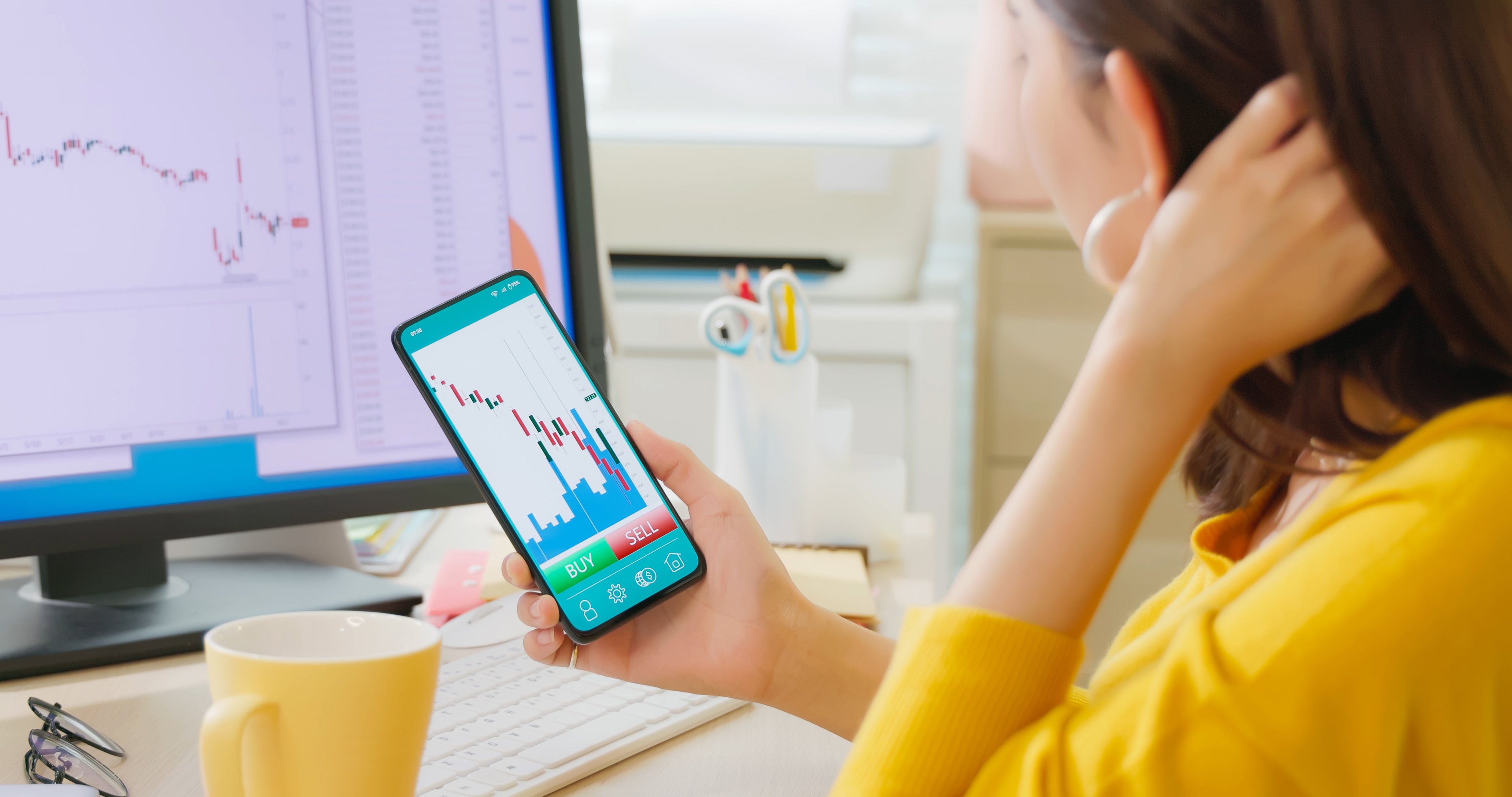Can Ripple's native coin XRP (XRP 1.60%) carry an investment of $10,000 all the way to $1 million by 2035?
In crypto, crazier things have happened. In fact, if you'd put $10,000 into XRP 10 years ago, you'd now have $1.9 million. So, let's analyze the prospects of XRP holders getting those kinds of returns again during the next 10 years.

Image source: Getty Images.
Why a 10X by 2035 is plausible
As you probably know, XRP's calling card is offering ultra‑cheap cross‑border payments and money transfers, and its target users are institutional investors and banks that hold large sums of capital.
Using XRP or a stablecoin on its chain, banks and other financial institutions can avoid currency exchange fees as well as transfer fees, not to mention slashing days off of their average turnaround times for transfers. And it's this capability that's the foundation for XRP's chances of growing tremendously in the near future.
More than 400 financial institutions already rely on Ripple's On‑Demand Liquidity channels, which move money in seconds instead of days and shave transfer costs to fractions of a cent. That utility gives the coin steady transaction demand rather than leaving it at the mercy of pure speculation to drive its price. Furthermore, Ripple has big plans for how to build out an entire financial value chain based around the XRP Ledger, and using most of the features it's developing will require users to own and transact with large volumes of XRP.
There are three key developments in particular that will pave the way for significant growth.
First, Ripple is rolling out an Ethereum Virtual Machine compatible sidechain, which is a fancy way of saying that it's developing a parallel blockchain that speaks the same smart contract language as Ethereum. In practice, that means developers can port code they already wrote for Ethereum and launch it on XRP without rewriting a single line, while transactions still clear at XRP's lightning pace. That will empower institutional clients to create sophisticated smart contracts while drawing from Ethereum's vast pool of developer talent.
Second, Ripple agreed in April to buy the prime broker Hidden Road for $1.2 billion. Hidden Road provides collateral management, trade financing, and credit intermediation, all of which are highly desirable for institutional investors. Folding those services into the XRP ecosystem gives institutional treasurers a one‑stop shop for custody, borrowing, and settlement, thereby eliminating the need to send capital on‑ and off‑chain.
Finally, the ledger is carving out a foothold in real world asset (RWA) tokenization, which is essentially the process of recording ownership of bonds, treasuries, or even inventory as crypto tokens so they can be transferred and financed as easily as email. XRP hosts roughly $160 million in RWAs today, up 37% in a single month, and consultants at Boston Consulting Group think the pie could swell to $16 trillion before the decade is out. If XRP captures even a sliver of that capital flow, price appreciation should follow.
Regulatory clouds have recently thinned dramatically for the chain as well. In March the U.S. Securities and Exchange Commission settled its four‑year case against Ripple, trimming the penalty to $50 million from $125 million and closing the docket. That opened the door for the coin's relisting on major U.S. crypto exchanges.
The U.S. government even earmarked XRP as one of the assets eligible for storage in its planned Digital Asset Stockpile, which will effectively sequester part of the coin's float (the coins available for public trading) if the stockpile is ever actually implemented.
Put all of these pieces together and it's very possible for the coin to make a 10-fold move, which entails an achievable compound annual growth rate (CAGR) near 26%.

CRYPTO: XRP
Key Data Points
Where credible optimism becomes wishful thinking
It's reasonable to be optimistic that XRP will gain 10-fold during the next 10 years. But it's simply unrealistic to believe that it will gain enough to turn a $10,000 investment into $1 million.
Turning $10,000 into $1 million implies a CAGR of about 58% every year for the next decade. Such trajectories are typically reserved for brand new markets or early‑stage start-ups, neither of which describes XRP or Ripple anymore.
Macroeconomic cycles could also test holders' resolve. A 58% CAGR depends on consistently high global liquidity, while history shows tightening credit can halve crypto valuations in months. The odds are simply not good here.
Pragmatically, XRP is best viewed as a coin with credible five‑ to 10-fold potential if Ripple executes its roadmap and the RWA boom materializes. Thus the best strategy to capture a big return is to dollar‑cost average into the coin over time to cushion against volatility.
Hope alone will not bridge the math gap between $10,000 and $1 million, but building disciplined exposure might leave investors pleasantly surprised if the tailwinds and tech development keep playing out in XRP's favor.






